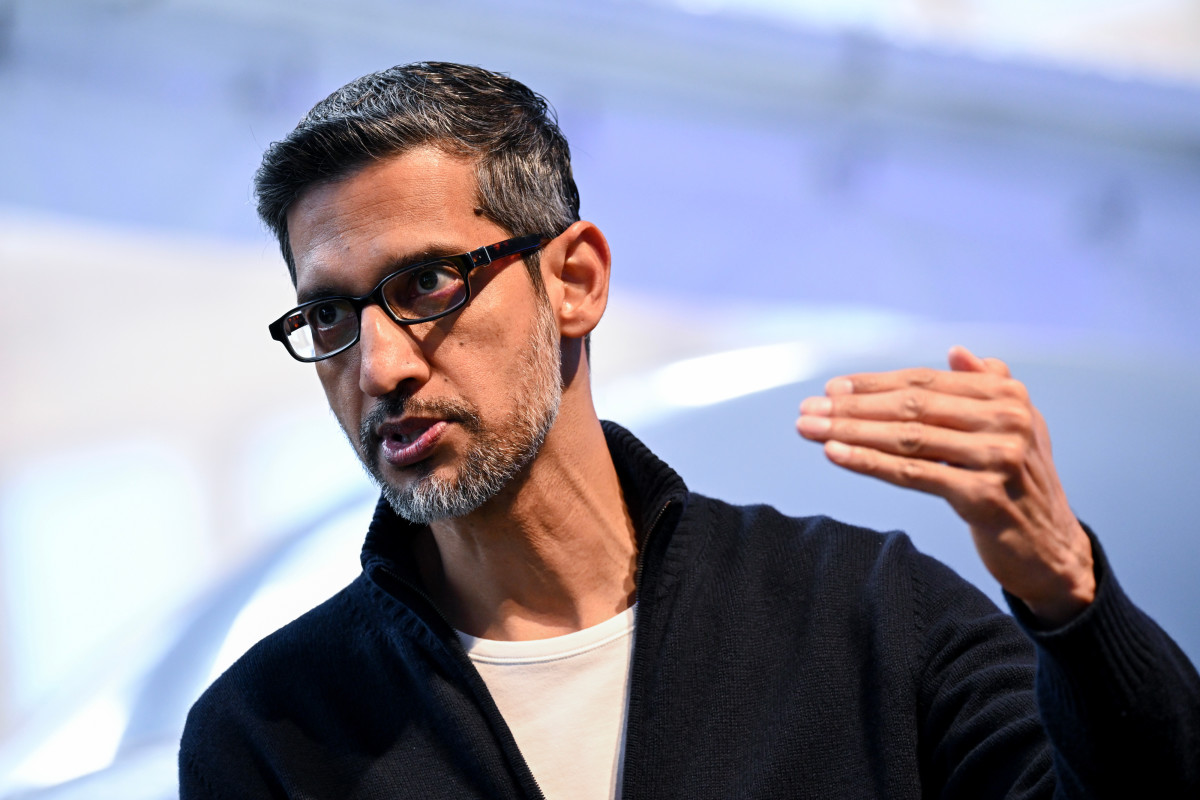For Google-parent Alphabet, 2025 has been mostly about layering AI across its footprint.
Gemini kept shipping while its potent Ads and Cloud learned new tricks. YouTube leaned into short-form content with creation tools becoming a lot simpler and smarter.
It wasn’t all clean, though.
Policy flare-ups and product resets tried stealing the tape. However, Google’s distribution emerged victorious with billions of users, with a habit stack few can rival. Moreover, when Google slides a new interface into that machine, usage moves, and then the revenue math quickly follows.
💵💰Don’t miss the move: Subscribe to TheStreet’s free daily newsletter💰💵
That’s exactly the context for a new call from Bank of America, which effectively cuts against the typical “bigger model, bigger multiple” story.
The analysts point to a completely different lever inside Alphabet, one that nudges time spent, broadens use cases, and opens paid surfaces that Wall Street isn’t fully modeling. If it ends up landing the way early signals suggest, the incremental dollars will scale quickly. The where matters less than the how, and that’s the twist.

Bloomberg/Getty Images
Google’s Gemini just borrowed a page from TikTok
Bank of America’s Justin Post just flipped the script on Google’s AI story.
More Tech Stocks:
- Musk’s Netflix boycott could actually hurt the streamer
- OpenAI’s deal with AMD proves AI race has just begun
- Goldman Sachs tweaks Nvidia’s stock price target with a twist
- The stock market laughed, then Palantir redefined the fight
His latest note keeps a Buy rating along with a $252 price target (3% above Thursday’s close), but his thesis is less about Gemini’s IQ and more about what happens when people start scrolling.
Post argues that Gemini is evolving from a static chat box to a visual, feed-based layout that’s more like TikTok or Reels than a chatbot.
Related: Nvidia CEO drops bombshell on 68-year-old chip giant
In his words, “a more visual and feed-based layout may drive higher engagement, especially for mobile users used to scrolling formats.”
More time spent on the app means more chances to monetize, without waiting for a leap in model performance.
Moreover, a vertical layout creates room for ads, premium features, and creator-style discovery inside the Gemini app. Post hails it as a UI-driven growth play, which involves changing the look, which thereby changes the results. If Google rolls that feed into Android, Chrome, and Gmail, its incredible reach can lift engagement and sales on its own.
Still, he notes a risk in retraining user habits and losing parity with ChatGPT’s core chat flow. However, with Google’s YouTube DNA and unmatched reach, it’s the kind of monetization test Wall Street knows how to measure.
Other Analyst Calls:
- HSBC (Buy, $285): Wall-street-high target with bullishness on Gemini and the “Ironwood” chip integration across Search, Cloud, and YouTube.
- TD Cowen (Buy, Price target bump from $270 to $280): Upside linked to resilient Search and robust Cloud momentum into Q3.
- Wells Fargo (Equal-Weight, price target to $236 (from $187): Massive lift but still cautious on the back of short-term Search strength, and medium-term uncertainty.
Visual AI becomes the feed’s new growth engine
Visual AI is no longer a sidecar to social media, with it quickly becoming the primary engine of the feed.
In the past month, OpenAI’s Sora video app jumped to #1 on Apple’s U.S. App Store, underscoring the thought that AI-native video has gone mainstream.
Related: Cathie Wood pours millions into a 26-year-old tech giant
YouTube Shorts now efficiently monetizes at parity with long-form content per watch hour in the U.S., and TikTok, with over 200 million European users, is on pace to claim roughly one in every seven U.S. social ad dollars this year.
Beneath the surface, Platforms are hardwiring generative video into their stacks.
Google’s Veo 3 currently sits inside YouTube Shorts, which is complete with sound, ambience, and a new “Fast” mode for mobile-native, prompt-to-clip creation.
Gemini’s “Nano Banana” tools, which are the company’s playful shorthand for on-device video and image generation, show how creation is being integrated across Android and Chrome.
For more context, tools like Adobe Firefly have already generated more than 22 billion assets, while Canva users produced nearly 1.4 billion AI images last year. On top of that, market sizing underscores the scale, with analysts seeing generative AI sales hitting a whopping $71 billion in 2025 and as high as $890 billion by 2032.
Related: Jamie Dimon has blunt call on the stock market
#Bank #America #Googles #big #win #isnt